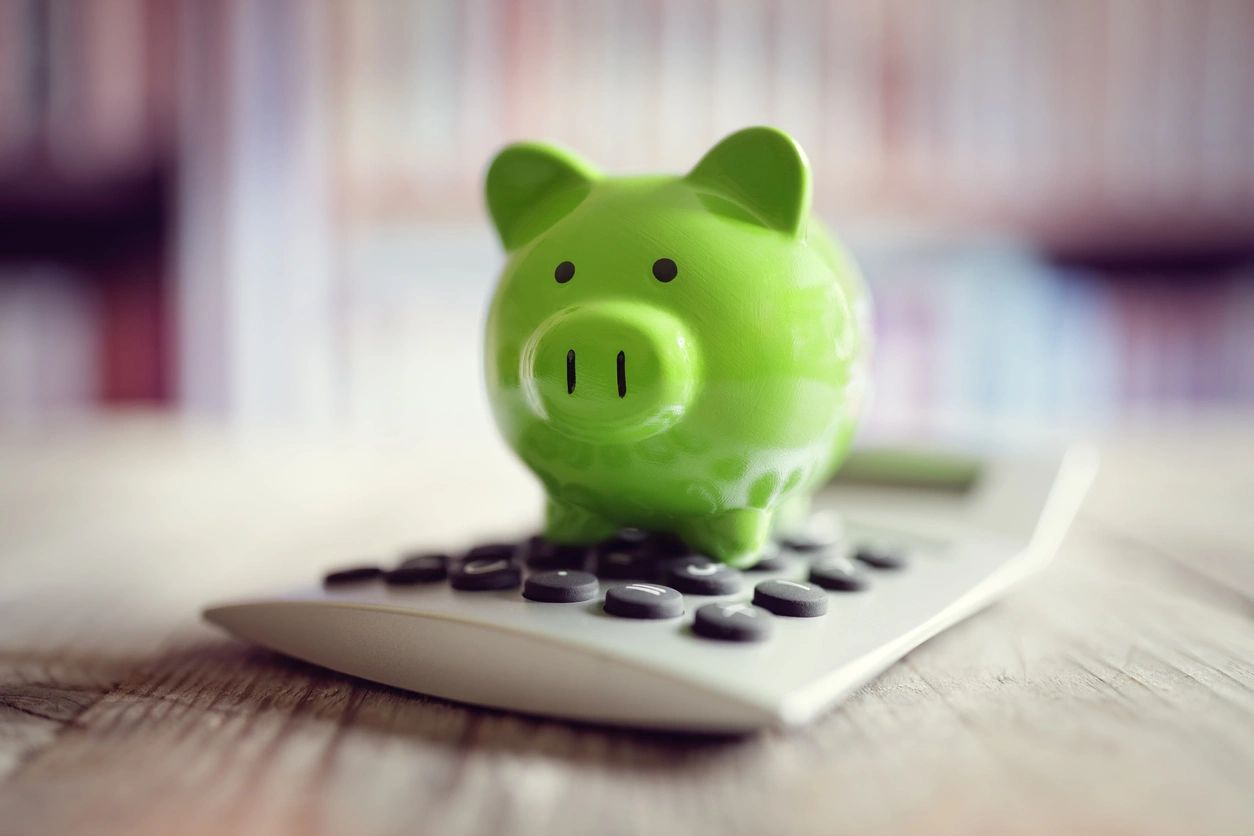In a world where the unexpected is always just around the corner, having an emergency fund can be your financial safety net. Whether it’s a medical emergency, a sudden job loss, or an urgent repair for your car or home, having a solid emergency fund ensures that you are prepared for life’s inevitable curveballs. But why exactly is an emergency fund so crucial, and how can you build one quickly? In this article, we’ll dive into the importance of having an emergency fund and explore practical steps you can take to set one up as soon as possible.
The Importance of Having an Emergency Fund
Emergencies don’t come with a warning, and they often arrive at the most inconvenient times. That’s why an emergency fund is such a vital aspect of financial stability. With a well-established fund, you won’t have to scramble for cash or resort to credit cards when life throws you a financial curveball. Instead, you’ll have a dedicated cushion that allows you to address unexpected expenses without compromising your financial wellbeing.
One of the most significant benefits of an emergency fund is the peace of mind it provides. Knowing that you have a financial buffer gives you the confidence to face unforeseen circumstances without panic. Whether it’s a sudden illness, an urgent home repair, or even a temporary loss of income, your emergency fund acts as a safety net, preventing you from sinking into debt or struggling to make ends meet.
How Much Should You Save in Your Emergency Fund?
The ideal emergency fund size depends on a few factors, but there are some general guidelines to help you get started. Financial experts typically recommend having three to six months’ worth of living expenses saved up. This amount provides enough cushion to cover essential costs like rent, utilities, groceries, and healthcare should you face an unexpected situation.
However, the exact amount will vary depending on your unique circumstances. If you’re self-employed or have a job with irregular income, you might want to aim for a larger fund. On the other hand, if you have reliable income and minimal expenses, a smaller fund might suffice. Ultimately, the goal is to have enough to weather any financial storm comfortably.
Tips for Building an Emergency Fund Quickly
Building an emergency fund doesn’t have to be a daunting task. Here are some practical strategies to help you accumulate your financial cushion more quickly:
- Set a Realistic Savings Goal
Start by setting a specific savings target. Whether it’s $1,000 or the recommended three months of living expenses, having a clear goal will help you stay focused and motivated. Break down the total amount into smaller, manageable milestones to track your progress. - Automate Your Savings
One of the easiest ways to ensure consistent contributions is by automating your savings. Set up an automatic transfer from your checking account to a separate savings account every payday. This way, saving becomes a habit, and you won’t be tempted to spend the money elsewhere. - Cut Back on Non-Essential Expenses
Take a closer look at your monthly spending habits and identify areas where you can cut back. It might be as simple as dining out less, canceling unused subscriptions, or limiting impulse purchases. These small adjustments can add up quickly and significantly boost your emergency fund. - Explore Additional Sources of Income
If you want to accelerate the process, consider finding ways to earn extra income. Whether it’s through freelancing, taking on a part-time job, or selling items you no longer need, every additional dollar will bring you closer to your goal.
Common Mistakes to Avoid When Building an Emergency Fund
While building an emergency fund is essential, there are some common pitfalls to be aware of. Avoid these mistakes to ensure your financial cushion remains intact:
- Underestimating the Amount Needed
It’s easy to underestimate how much money you’ll need in a crisis. Be realistic about your living expenses and factor in potential emergencies like medical bills, car repairs, or home maintenance. - Using the Fund for Non-Emergencies
Your emergency fund is meant to cover unforeseen circumstances only. It’s important to resist the temptation to dip into it for non-emergency expenses like vacations, shopping sprees, or entertainment. Keep the fund off-limits to ensure it’s available when you truly need it. - Not Keeping the Fund Easily Accessible
While you don’t want to risk spending the fund on a whim, it’s also essential that the money is easily accessible in case of a true emergency. Keep the fund in a high-yield savings account or a money market account where it can earn interest while remaining liquid.
Summary
Building an emergency fund is one of the best financial decisions you can make for your future. It offers peace of mind, protects you from debt, and provides a safety net when life’s unexpected expenses arise. By setting a realistic savings goal, automating your contributions, cutting back on unnecessary spending, and finding additional sources of income, you can build your emergency fund quickly and efficiently. Avoid the common mistakes of underestimating the amount needed, dipping into the fund for non-emergencies, and not keeping it accessible. Start building your emergency fund today and take control of your financial future!
Please like, comment, and share this article if you found it helpful and
informative.
Visit https://bigtownbulletin.com if you would like to see more of this content.
Please like, comment, and share this article if you found it helpful and
informative.
For more news check out Big Town Bulletin News
For more from Big Town Bulletin check out Big Town Bulletin


